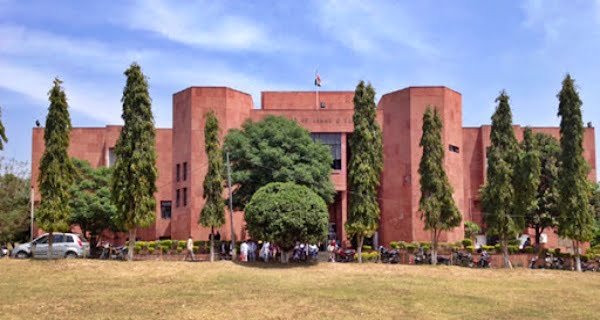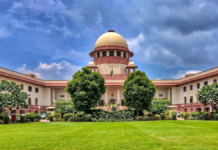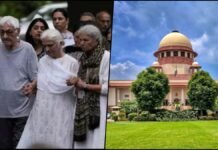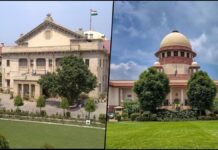
New Delhi: As part of the process of appointment of judges in different High Courts of the country, after six months, the Supreme Court Collegium has appointed a lawyer for the second time as a judge of the Jammu and Kashmir High Court. The recommendation has been sent again. However, the government has not yet taken any decision on this. According to the English newspaper The Indian Express, the collegium had again sent a recommendation for lawyer Sadiq Wasim Nagraal in March this year. According to the report, sources said that among the pending recommendations with the government, the oldest lawyer belongs to Nagral. Nagral, a lawyer for Jammu, has worked as the Senior Additional Advocate General of the former state of Jammu and Kashmir. He has presented the side of the Home Ministry in most of the courts. As a lawyer for the central government, he has represented the security forces, including the Army, BSF, and CRPF, in the High Court.
Nagral’s name was first proposed by the High Court Collegium on August 24, 2017. His candidature was approved by the Supreme Court Collegium on 6 April 2018. After this, in January 2019 and again in March this year, the Supreme Court Collegium sent its recommendation to the government. Traditionally, if the Supreme Court re-sends a recommendation to the government, it is bound to accept it.
Supreme Court also recommended these names
According to the newspaper report, apart from Nagral, the Supreme Court Collegium has re-sent two other names as judges of the Jammu and Kashmir High Court. These names are also pending with the government. On September 1, the Supreme Court again recommended the names of advocate Moksha Khajuria Kazmi and advocate Rahul Bharti. Kazmi’s name was first recommended in October 2019, while Bharti’s name was recommended in March.
Khajuria Kazmi is a Senior Advocate, who served as Additional Advocate General during the Governor’s rule in the year 2016. He also served in the PDP-BJP government in Jammu and Kashmir led by Mehbooba Mufti. Khajuria Kazmi and Bharti are among the 12 names re-recommended by the Supreme Court Collegium headed by Chief Justice of India NV Raman on September 1.
According to the report, the Supreme Court collegium reiterated the recommendation of the collegium to appoint three judicial officers – Om Prakash Tripathi, Umesh Chandra Sharma, and Syed Wiz Mian – for the Allahabad High Court. On October 11, the Collegium for the Rajasthan High Court reiterated the recommendation for Advocate Farzand Ali, Additional Advocate General of the Congress-led state government. Ali’s name was first sent by the Supreme Court Collegium in July 2019, which was approved by the government.

Simultaneously for the Calcutta High Court, the collegium reiterated its recommendation for the appointment of Advocates Jaytosh Majumdar, Amitesh Banerjee, Raja Basu Choudhary and Lapita Banerjee. On October 8, the collegium reiterated its recommendation to appoint another lawyer, Sakya Sen, in the high court.
What is the process of approval of names?
As per established procedure, the High Court Collegium sends to the Law Ministry the names of those candidates whom it considers suitable for appointment as High Court Judges. The ministry sends the names of the candidates along with their other details to the Supreme Court Collegium along with the IB report. The Supreme Court Collegium then considers these names and recommends them for promotion as judges of the High Courts.
Two to four years ago, 12 names were recommended by the respective High Court collegiums. Seven advocates have been appointed as judges of the Gujarat High Court on Saturday as part of the new appointments initiative in high courts, while on October 14, seven judges were appointed in three high courts, four of whom are advocates. A day after a record of 17 appointments in three other high courts, a total of 14 new judges were appointed in three high courts on Wednesday.
On October 11, three advocates and two judicial officers were elevated as judges of the Rajasthan High Court. On October 9, eight judges were elevated as Chief Justices of High Courts and five Chief Justices of High Courts were transferred on the basis of recommendations made by the Supreme Court Collegium. In a separate development, on October 11, seven judges were transferred to different high courts. On October 5, 15 judges of 11 high courts were transferred.

















































